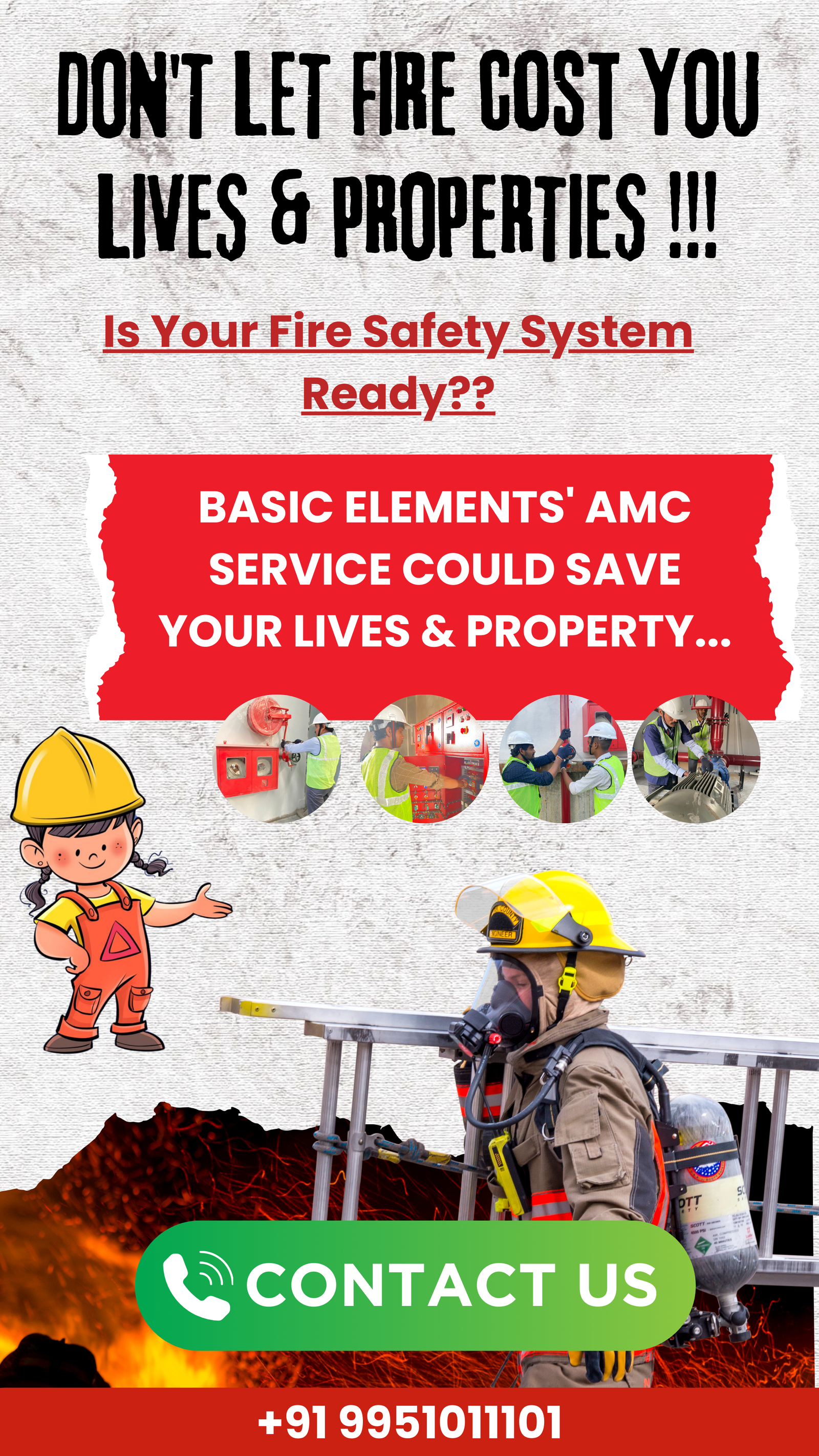Understanding the Importance of Fire Safety in Hospitals
As a fire safety expert, I cannot overstate the critical nature of fire safety in healthcare facilities. Hospitals present unique challenges that demand a comprehensive and vigilant approach to fire prevention and management.
Hospitals are complex environments with vulnerable occupants, sensitive equipment, and potentially hazardous materials. Effective fire safety measures protect lives, preserve vital medical resources, and ensure continuity of care.
1. Vulnerability of Occupants:
– Patients often have limited mobility or are connected to life-supporting equipment.
– Many may be under the influence of medication, affecting their ability to respond quickly.
– Some patients require special evacuation procedures (e.g., those in ICUs or on ventilators).
2. Unique Fire Hazards:
– Electrical equipment: MRI machines, X-ray devices, and other diagnostic tools pose electrical fire risks.
– Medical gases: Oxygen-enriched environments can accelerate fire spread.
– Flammable liquids: Alcohol-based hand sanitizers and cleaning agents are fire accelerants.
– Laboratories: Contain various chemicals and heat sources.
3. Continuous Operation:
– Hospitals operate 24/7, increasing the likelihood of human error.
– Evacuation is extremely challenging and potentially life-threatening for some patients.
4. Economic Impact:
– Fire damage can lead to significant financial losses due to expensive medical equipment.
– Business interruption can be severe, affecting patient care and hospital revenue.
5. Regulatory Compliance:
– Hospitals must adhere to strict fire safety codes and standards.
– Regular inspections and updates to fire safety systems are mandatory.
6. Reputation Management:
– Fire incidents can severely damage a hospital’s reputation and patient trust.
Key Prevention Strategies:
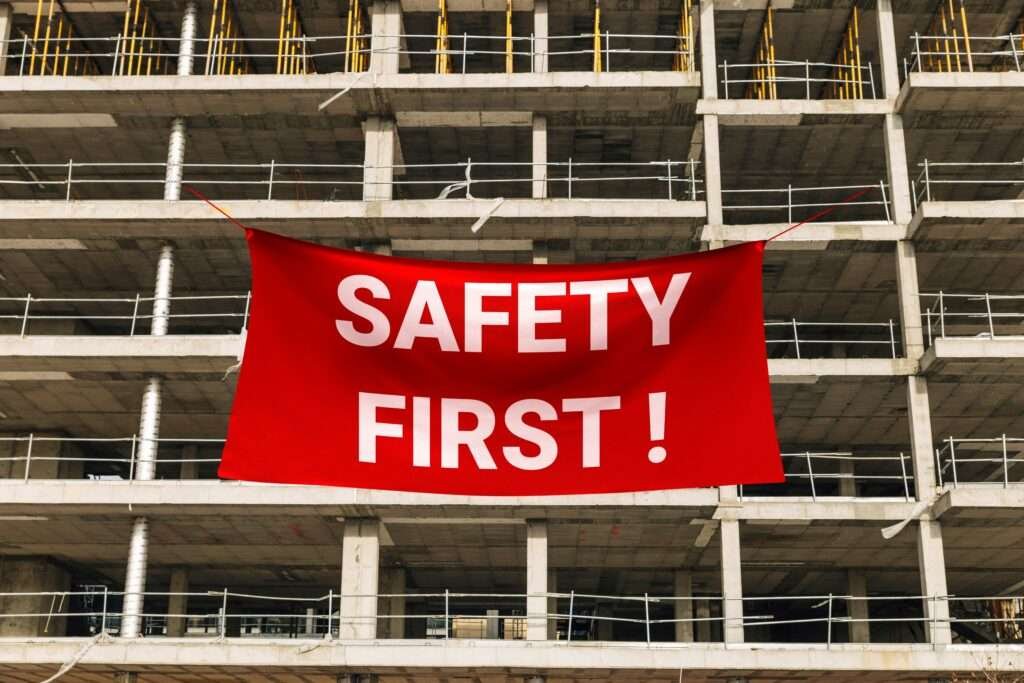
– Implement a robust fire risk assessment program.
– Install and maintain state-of-the-art fire detection and suppression systems.
– Develop and regularly practice evacuation procedures tailored to patient needs.
– Provide comprehensive fire safety training for all staff members.
– Ensure proper storage and handling of flammable materials and medical gases.
– Conduct regular maintenance of electrical systems and equipment.
As a fire safety officer or facility manager, your role is crucial in safeguarding lives and assets. You must stay vigilant, keep abreast of the latest fire safety technologies and regulations, and foster a culture of fire safety awareness among all hospital staff.
Remember, in a hospital setting, fire prevention is not just about compliance—it’s about preserving life at its most vulnerable moments. Your diligence can mean the difference between a minor incident and a catastrophic event.
Also Read : Fire and Protection Services: Ensuring Comprehensive Safety
Key Elements of a Comprehensive Hospital Fire Safety Plan
As a fire safety expert, I can affirm that a well-structured fire safety plan is the cornerstone of hospital fire prevention and response. This plan must be comprehensive, adaptable, and consistently implemented.
A comprehensive hospital fire safety plan encompasses risk assessment, prevention measures, detection systems, response protocols, and staff training. It should comply with local regulations and be regularly reviewed and updated.
1. Risk Assessment:
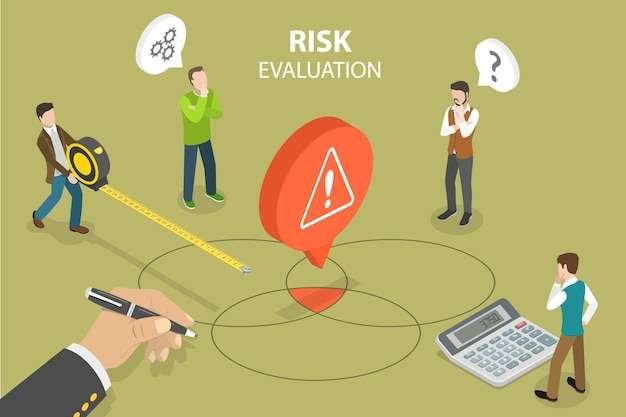
– Conduct thorough, facility-wide fire risk assessments at least annually.
– Identify potential ignition sources, fuel loads, and high-risk areas (e.g., kitchens, laboratories, electrical rooms).
– Evaluate patient demographics and mobility status to inform evacuation strategies.
– Assess the adequacy of existing fire safety systems and procedures.
2. Prevention Measures:
– Implement strict protocols for handling and storing flammable materials and medical gases.
– Establish regular maintenance schedules for electrical systems and equipment.
– Enforce no-smoking policies and designate smoking areas away from the building.
– Control fuel loads by managing the storage of combustible materials.
3. Fire Detection and Alarm Systems:
– Install a network of smoke detectors, heat detectors, and manual call points throughout the facility.
– Ensure the fire alarm system is addressable, allowing precise location identification.
– Integrate the fire alarm system with other building management systems (e.g., HVAC, elevators).
4. Fire Suppression:
– Install and maintain an automatic sprinkler system throughout the facility.
– Provide appropriate fire extinguishers and train staff in their use.
– Consider specialized suppression systems for areas with sensitive equipment (e.g., clean agent systems in server rooms).
5. Evacuation and Emergency Response:
– Develop clear, staged evacuation procedures, including horizontal and vertical evacuation strategies.
– Designate assembly points and ensure they are clearly marked.
– Establish protocols for patient tracking during evacuation.
– Create contingency plans for continuing critical care during and after evacuation.
6. Staff Training and Drills:
– Conduct regular fire safety training for all staff, including new hires and temporary workers.
– Perform fire drills at least quarterly, covering different scenarios and shifts.
– Provide specialized training for staff with specific roles in the emergency response plan.
7. Communication and Coordination:
– Establish clear communication protocols during fire emergencies.
– Maintain close relationships with local fire services, including familiarizing them with the hospital layout.
– Develop procedures for informing patients, visitors, and the media during an incident.
8. Documentation and Review:
– Maintain detailed records of all fire safety activities, inspections, and incidents.
– Regularly review and update the fire safety plan, especially after any incidents or significant changes to the facility.
9. Compliance with Regulations:
– Ensure adherence to local and national fire safety regulations. In India, this includes compliance with the National Building Code, state fire service acts, and guidelines from the Ministry of Health and Family Welfare.
– Stay informed about updates to fire safety standards and adjust the plan accordingly.
As a fire safety officer or facility manager, your role is to ensure this plan is not just a document, but a living, breathing part of hospital operations. Regular drills, updates, and staff engagement are crucial to maintaining a high level of fire safety preparedness.
Remember, in a hospital environment, fire safety is not just about protecting property—it’s about safeguarding lives at their most vulnerable. Your commitment to comprehensive fire safety planning can make the critical difference in an emergency situation.
Fire Detection and Alarm Systems in Hospitals
As a fire safety expert, I can attest that robust fire detection and alarm systems are crucial for early warning and rapid response in hospital environments. These systems form the first line of defense against fire-related incidents.
Hospital fire detection and alarm systems must be comprehensive, reliable, and integrated with other building systems. They should provide early warning, minimize false alarms, and facilitate prompt evacuation when necessary.
1. Smoke Detectors:
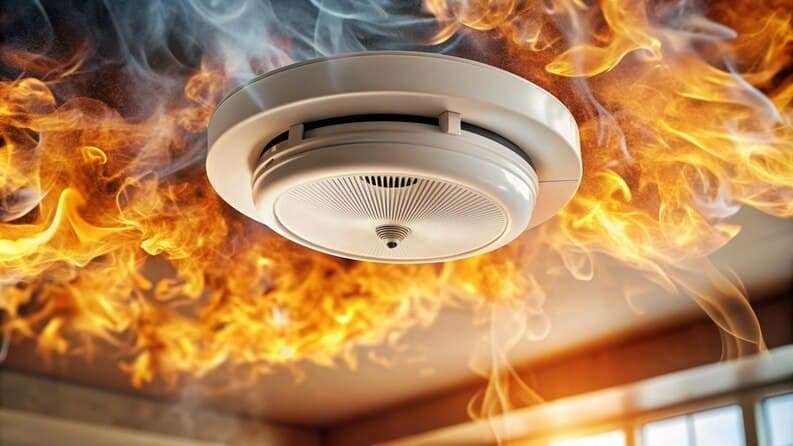
– Use a combination of ionization and photoelectric smoke detectors for comprehensive coverage.
– Ionization detectors: More sensitive to flaming fires (e.g., burning paper or flammable liquids).
– Photoelectric detectors: Better at detecting smoldering fires (e.g., overheated wiring).
– Install detectors in all areas, including above suspended ceilings and in air handling systems.
– Ensure detectors are placed to avoid false alarms from steam or cooking areas.
2. Heat Detectors:
– Use in areas where smoke detectors might cause false alarms (e.g., kitchens, laundry rooms).
– Choose between fixed temperature, rate-of-rise, or combination detectors based on the area’s needs.
3. Flame Detectors:
– Consider for areas with high ceilings or where rapidly spreading fires are a concern.
– Useful in areas with flammable liquids or gases.
4. Manual Call Points:

– Install at all exits and at strategic locations throughout the facility.
– Ensure they are easily accessible and clearly marked.
5. Fire Alarm Control Panel:
– The central hub of the fire detection system.
– Should be addressable, allowing precise location identification of activated devices.
– Must have backup power supply to ensure operation during power outages.
6. Notification Devices:
– Use a combination of audible and visual alarms.
– Ensure alarms are loud enough to be heard over ambient noise but not so loud as to cause panic.
– Install visual alarms (strobes) for hearing-impaired individuals and in noisy areas.
– Consider voice evacuation systems for clearer instructions during emergencies.
7. Fire Sprinkler Systems:
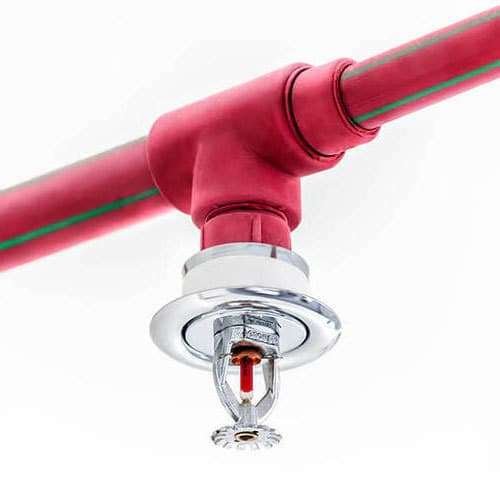
– Install throughout the facility, with special consideration for patient rooms and critical areas.
– Use quick-response sprinklers in patient care areas to react faster to heat.
– Ensure proper zoning to minimize water damage in case of activation.
– Integrate with the fire alarm system for immediate notification upon activation.
8. System Integration:
– Connect fire detection systems with:
* HVAC systems for smoke control
* Access control systems for automatic door release
* Elevator systems for safe shutdown and firefighter access
* Emergency power systems
9. Monitoring and Maintenance:

– Ensure 24/7 monitoring, either on-site or through a central monitoring station.
– Conduct weekly tests of alarm signal transmission to monitoring stations.
– Perform monthly inspections of all devices and annual comprehensive system tests.
– Keep detailed records of all inspections, tests, and maintenance activities.
10. Special Considerations:
– Use specialized detection systems in areas with sensitive equipment (e.g., aspirating smoke detectors in MRI rooms).
– Implement measures to prevent nuisance alarms in areas prone to dust or steam.
– Consider the impact of patient care activities on detection systems (e.g., use of medical gases).
As a fire safety officer or facility manager, your responsibility is to ensure these systems are not only installed correctly but also maintained meticulously. Regular testing, prompt repairs, and staff familiarization with these systems are crucial.
Remember, in a hospital setting, every second counts. A well-designed and properly maintained fire detection and alarm system can provide the critical time needed to save lives and minimize damage in the event of a fire.
Fire Suppression and Evacuation Procedures in Hospitals
As a fire safety expert, I emphasize that effective fire suppression and well-planned evacuation procedures are critical components of hospital fire safety. These elements work in tandem to protect lives and minimize damage in the event of a fire.
Hospital fire suppression systems and evacuation procedures must be tailored to the unique challenges of healthcare environments. They should account for patient mobility issues, critical care requirements, and the need for continuity of care during emergencies.
1. Fire Suppression Systems:
a) Fire Extinguishers:
– Provide multiple types of extinguishers based on potential fire classes:
* Class A (ordinary combustibles): Water or foam extinguishers
* Class B (flammable liquids): CO2 or dry chemical extinguishers
* Class C (electrical): CO2 or dry chemical extinguishers
* Class K (kitchen fires): Wet chemical extinguishers
– Place extinguishers at easily accessible locations, clearly marked
– Ensure monthly visual inspections and annual maintenance
– Train all staff on proper extinguisher use (P.A.S.S. technique)
b) Automatic Sprinkler Systems:
– Install throughout the facility, with quick-response sprinklers in patient care areas
– Ensure proper zoning and water flow monitoring
– Conduct quarterly flow tests and annual comprehensive inspections
c) Specialized Suppression Systems:
– Use clean agent systems in areas with sensitive equipment (e.g., data centers)
– Install kitchen hood suppression systems in food preparation areas
2. Evacuation Procedures:
a) Evacuation Planning:
– Develop a clear, staged evacuation plan:
* Horizontal evacuation to adjacent smoke compartments
* Vertical evacuation when necessary
* Full building evacuation as a last resort
– Identify and mark primary and secondary evacuation routes
– Designate assembly points outside the building
– Create specific plans for high-risk areas (ICUs, ORs, nurseries)
b) Patient Evacuation:
– Classify patients based on mobility (ambulatory, semi-ambulatory, non-ambulatory)
– Assign staff roles for patient movement
– Provide evacuation aids (sleds, chairs) for non-ambulatory patients
– Establish a patient tracking system for use during evacuation
c) Staff Responsibilities:
– Designate floor wardens and evacuation team leaders
– Assign specific roles for patient evacuation, equipment management, and communication
3. Fire Drills:
– Conduct drills quarterly, covering all shifts
– Simulate various scenarios (day/night, different fire locations)
– Include partial and full evacuation drills
– Involve local fire department in annual full-scale drills
– Debrief after each drill to identify areas for improvement
4. Fire Safety Training:
a) New Employee Orientation:
– Cover basic fire safety principles
– Familiarize with facility layout and evacuation routes
– Train on fire alarm activation and extinguisher use
b) Annual Refresher Training:
– Update on any changes to fire safety procedures
– Hands-on practice with fire extinguishers
– Review of evacuation procedures and staff roles
c) Specialized Training:
– Provide advanced training for fire response team members
– Offer role-specific training (e.g., for ICU staff, night shift personnel)
5. Communication During Emergencies:
– Establish clear communication protocols (e.g., use of code words)
– Ensure redundant communication methods (PA system, radios, phones)
– Develop procedures for communicating with patients, visitors, and external agencies
As a fire safety officer or facility manager, your role is to ensure these procedures are not just documented, but actively practiced and ingrained in daily operations. Regular drills, continuous training, and ongoing evaluation of procedures are essential.
Remember, in a hospital fire emergency, calm and practiced response can save lives. Your commitment to thorough preparation and training can make the critical difference when seconds count.

